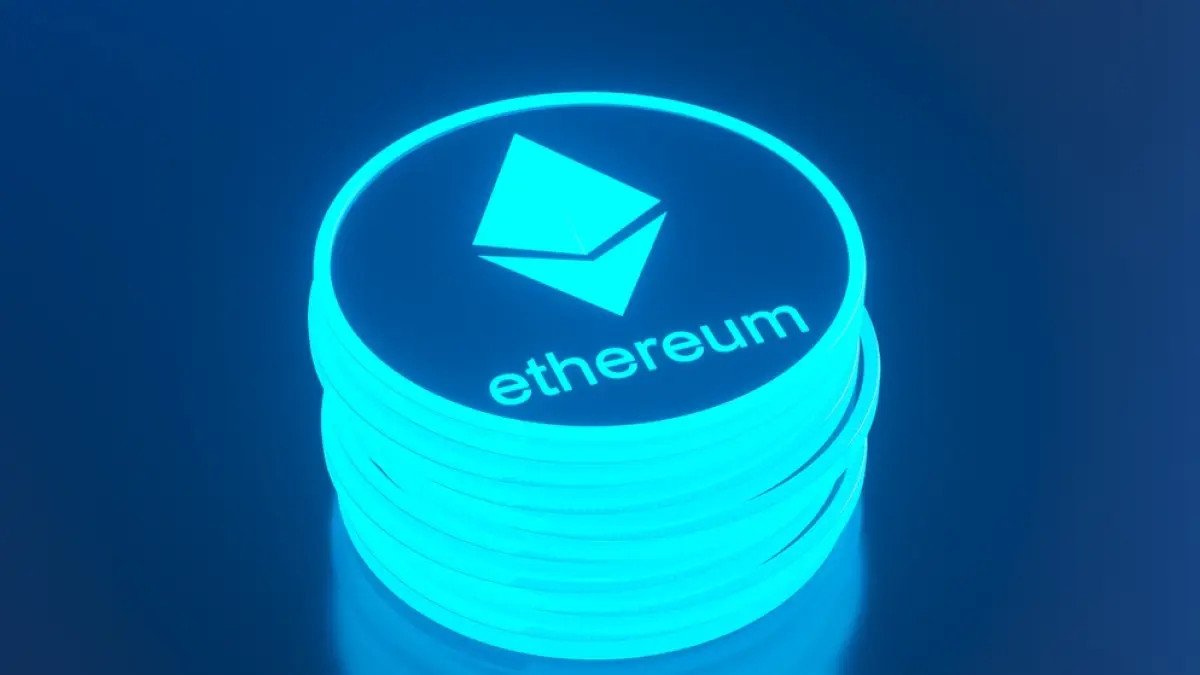Solana is a high-performance, layer-1 blockchain protocol that enables scaling without sacrificing decentralisation. In this blog post, we’ll discuss whether or not Solana is the best layer-1 cryptocurrency. We’ll also take a look at some of the other layer-1 protocols and compare them to Solana. Layer 1 protocols are the foundation of any blockchain network and provide the scalability, security, and interoperability that are crucial for wide adoption. So, let’s dive in!
What is Solana?
Solana is an open-source blockchain project created to meet the needs and demands of a rapidly developing DeFi landscape. One of its key features is its high-speed throughput, allowing faster transactions at a much lower cost.
In addition to fast transaction speeds, Solana boasts lower latency through its use of technologies such as Proof-of-History, which allows it to maintain state while processing many transactions in parallel.
Beyond these features, Solana also has built-in smart contract functionality that makes developing dApps easier and quicker, including an accounting system that allows users to link their existing Ethereum accounts with their Solana accounts easily. With all these features, Solana provides developers and users alike with a cost-efficient and effective platform for creating and utilising DeFi products.
Compare Solana to Other Layer-1 Cryptocurrencies
Solana is a layer-1 cryptocurrency uniquely positioned in the current market. With a vaunted throughput of ~50k transactions per second and direct access to scaling hardware, Solana could be applied to large-scale operations, making it stand apart from other platforms like Ethereum and Bitcoin. What makes Solana distinct is its combined use of high speed and low latency, allowing developers to create innovative applications that no other layer-1 provides.
Its Proof-of-Stake and Proof-of-History consensus models also allow network participants to reap the rewards of their staking efforts, providing both cost efficiency and scalability. Solana may very well revolutionise blockchain technology down the line, enabling faster transfer speeds while simultaneously driving the decentralisation movement forward.
The Potential Drawbacks of Solana
Although Solana is a revolutionary new blockchain technology, it has potential drawbacks. One of the core issues is that Solana may be unable to handle very large transactions quickly due to its decentralised nature. Moreover, there is a risk that bad actors can manipulate the network at scale because the consensus algorithm does not ensure 100% networking correctness.
Additionally, scalability could become an issue for developers as Solana’s operating costs increase as more applications are built, and users join the network. Finally, its native token SOL has been subject to huge volatility in price over its short lifetime, making it potentially unreliable for certain use cases. While there are some potential drawbacks associated with Solana, these should not detract from what already appears to be one of the most promising new blockchain technologies.
In Summary
Overall, Solana has the potential to revolutionise blockchain technology due to its advanced features and capabilities. With its high throughput of ~50k transactions per second and low latency Proof-of-History consensus model, it can provide developers with cost efficiency and scalability for their applications.
However, there are some drawbacks associated with using this platform such as a lack of 100% networking correctness or increased costs from large-scale operations. Nonetheless, it is clear that Solana provides an exciting new opportunity for users looking for reliable crypto solutions in the modern market.
If you’re looking to trade the markets, you can head to Binance, the largest Cryptocurrency exchange, or if you want to look further into trading other assets such as forex, you can find the best forex brokers here.
